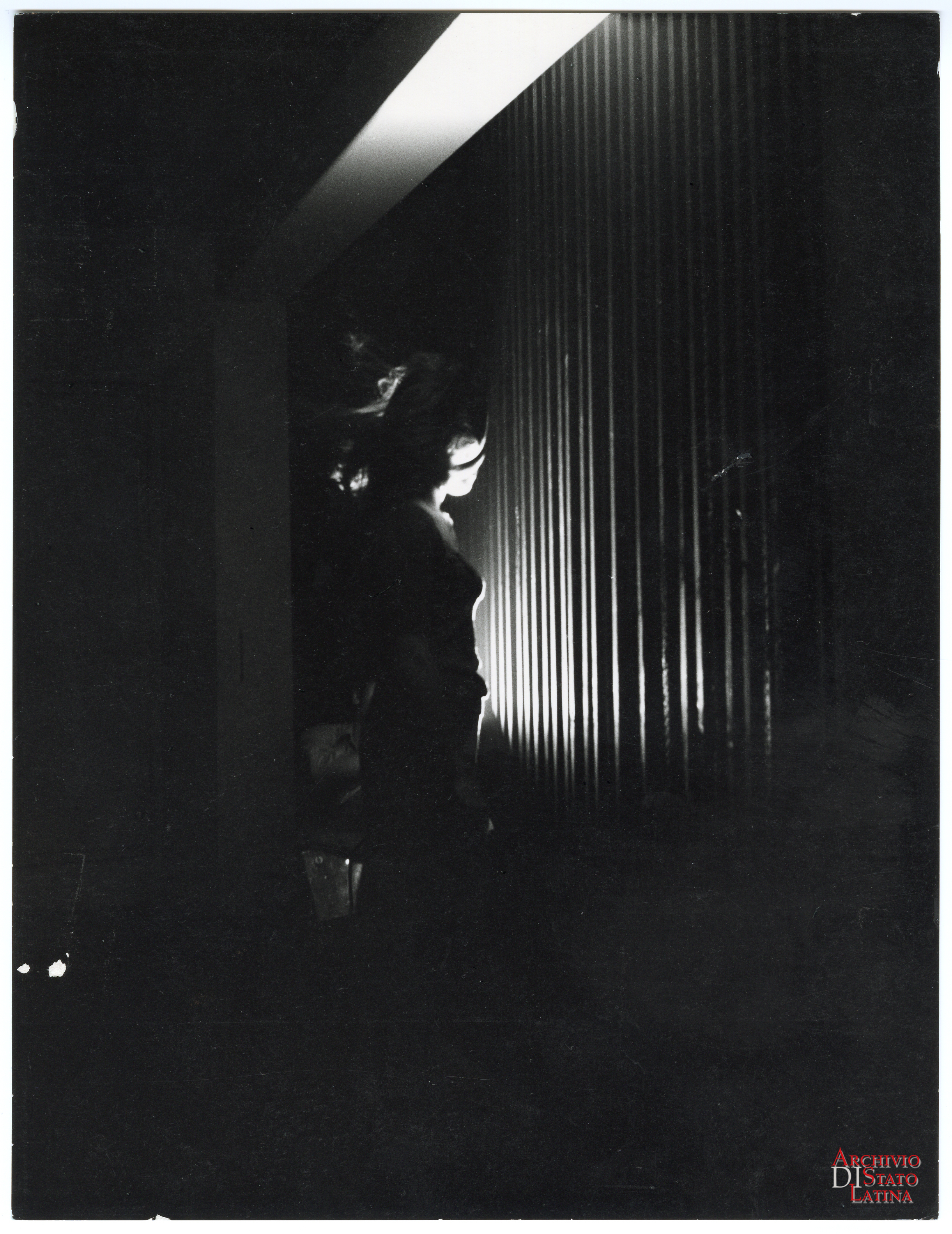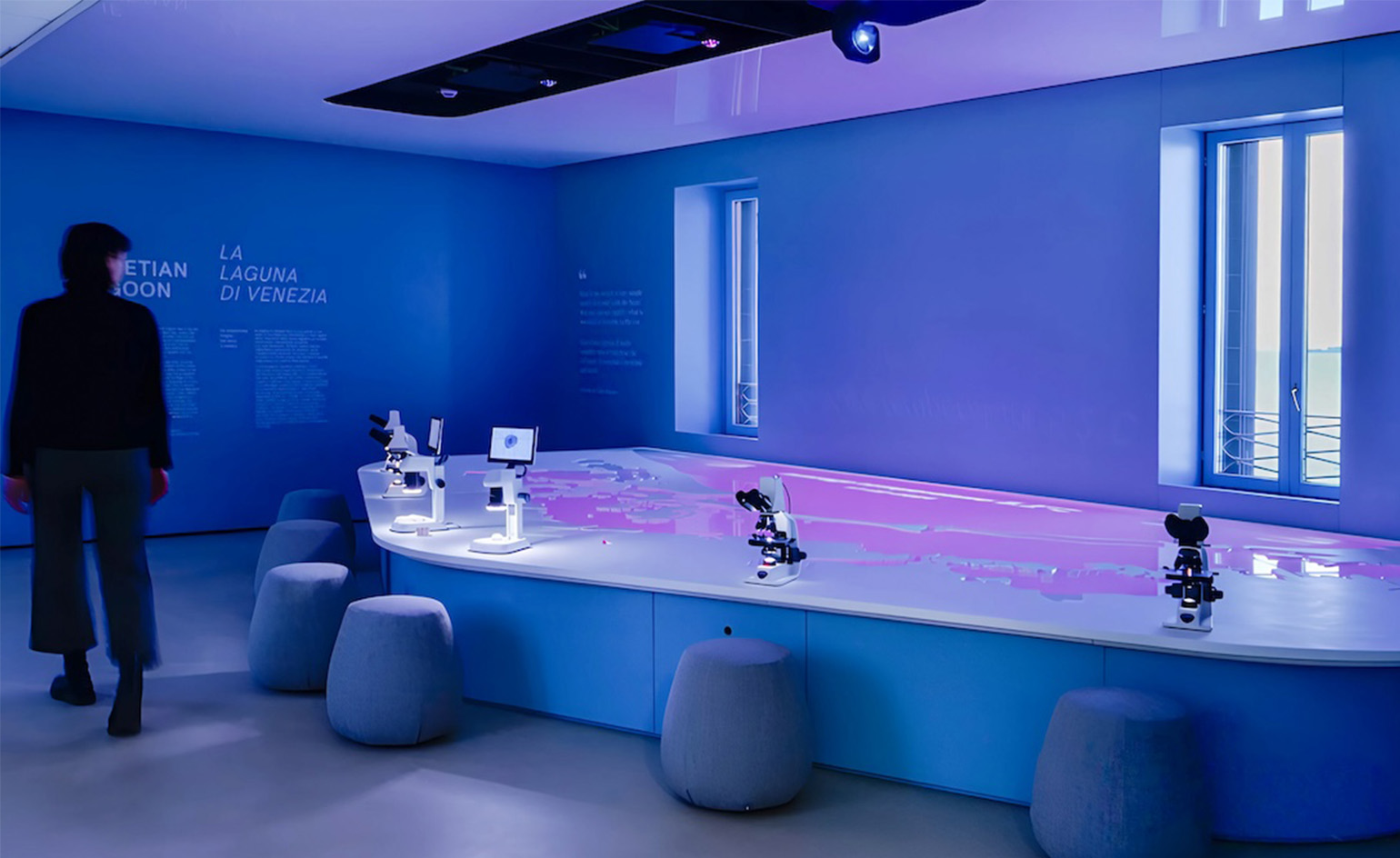‘Inside Other Spaces’: explore women’s immersive art in Munich
‘Inside Other Spaces. Environments by Women Artists 1956 – 1976’ brings together 11 pioneers of immersive art

Arriving at Haus der Kunst in Munich, you are welcomed by a monumental exterior designed in the Classical style. In spite of a contentious past that began with navigating the complexities of early 20th-century German history, the iconic museum has long since begun an inclusive and optimistic new chapter. This is embodied by an inspiring and immersive new exhibition ‘Inside Other Spaces. Environments by Women Artists 1956 – 1976’.
The museum previously held the extensive National Collection of Modern and Contemporary Art, which has since moved to Pinakothek der Moderne, a modernist building designed by the German architect Stephan Braunfels. Haus der Kunst now focuses on temporary exhibitions with artists like Anish Kapoor and Louise Bourgeois. From a curatorial perspective, its proportions offer a unique opportunity to focus on exhibiting large-scale works.

Maria Nordman. FILMROOM EXHALE, 1967-Present
Director Andrea Lissoni left his role as a senior curator at Tate Modern to embrace the challenge of redefining Haus der Kunst. The newly opened immersive exhibition ‘Inside Other Spaces’ is part of an ongoing series focused on shining a spotlight on major women artists such as Fujiko Nakaya and Phyllida Barlow. Lissoni curated this pioneering and thought-provoking exhibition with the support of the curators Marina Pugliese and Anne Pfautsch.
In the mid-20th century, the Argentine-Italian visionary Lucio Fontana was the first artist to describe his large-scale, ephemeral works as ambienti spaziali or ‘spacial environments’. They dance a careful line between art, design and architecture. Lissoni describes how, ‘an environment is an immersive artwork isolated from the surrounding space’. A particularly vivid example is the hypnotic blue of Aleksandra Kasuba: Spectral Passage, 1975.

Nanda Vigo, Ambiente Cronotopico, 1967. Galleria Apollinare, Milano
The exhibition brings together 11 women artists known for inaugurating immersive art: Judy Chicago, Lygia Clark, Laura Grisi, Aleksandra Kasuba, Lea Lublin, Marta Minujín, Tania Mouraud, Maria Nordman, Nanda Vigo, Faith Wilding, and Tsuruko Yamazaki. To put the show together, a skilled team of conservationists and art historians have sourced photographs and archives to recreate these environments.

Aleksandra Kasuba: Spectral Passage, 1975. Installation view. Haus der Kunst, 2023
Before entering ‘Inside Other Spaces’, you are politely asked to remove shoes and store possessions to ensure that you can move freely as you interact with the works of art. You then read a short text that helps you to let go of any anxiety before immersing yourself. Lissoni describes, ‘As well as a traditional introduction text, I wrote a short text that I intend as a tuning fork, an instrument that prepares the visitor for the mood we wanted to set.’
You are entering a new experience.
First of all, feel comfortable.
You will encounter twelve artworks.
They are all unique and they all require different behaviours
Each can suggest a different position: you can enter, you can stay, you can walk, you can sit, you can dance, you can discover, you can experience freely
You can touch everything, yet.
Treat them with care, they are delicate.
They may challenge you,
Take all your time.
Listen to yourself.
Look Everywhere.
Move through, around, observe.
Share your experience.
Become a cat.
Wallpaper* Newsletter
Receive our daily digest of inspiration, escapism and design stories from around the world direct to your inbox.

Laura Grisi. Wind Speed 40 Knots, 1968, environment of black-painted wood and wind machines. Installation view from ‘il Teatro delle Mostre’, La Tartaruga, Rome, 27th May 1968
The feminist visual artist and writer Judy Chicago created an environment that experiments with light and space. Feather Room, 1966–2023 is soft and welcoming and encourages every generation visiting Haus der Kunst to play and enjoy themselves. The experience is not dissimilar to the audience surrendering to the sensation of the natural element of wind in an enclosed space in Wind Speed 40 Knots, 1968 by the Italian artist Laura Grisi.
‘Inside Other Spaces’ is not only an uplifting sensory experience that reasserts the important role of women in developing immersive art, but is reflective of the ability of Haus der Kunst to challenge itself and evolve continually as a museum. Said Lissoni, ‘My approach is based on strong continuity throughout the years across projects and exhibitions: we look at the present, anticipating the future, and having the past in mind.’
'Inside Other Spaces. Environments by Women Artists 1956 – 1976' takes place at Haus der Kunst in Munich 8 September 2023 - 10 March 2024
-
 This bench was designed to live forever
This bench was designed to live foreverDesigner Tomek Rygalik launches Loope, a furniture company with radical circularity at its heart.
By Ifeoluwa Adedeji Published
-
 Prada opens Sea Beyond, a new centre for ocean education in the Venetian Lagoon
Prada opens Sea Beyond, a new centre for ocean education in the Venetian LagoonCreated in partnership with UNESCO-IOC and designed by Carlo Ratti, the centre marks the first educational space of its kind in Italy
By Laura May Todd Published
-
 ‘David Hockney 25’: inside the artist’s blockbuster Paris show
‘David Hockney 25’: inside the artist’s blockbuster Paris show‘David Hockney 25’ opens 9 April at Fondation Louis Vuitton in Paris. Wallpaper’s Hannah Silver soaked up the resolute, colourful homage to the brilliant relentlessness of life
By Hannah Silver Published
-
 The motion of the body through space: Rebecca Horn in Munich
The motion of the body through space: Rebecca Horn in MunichSix decades of Rebecca Horn's work are currently being exhibited at Haus der Kunst in Munich, Germany
By Hannah Silver Published
-
 Heads up: art exhibitions to see in January 2024
Heads up: art exhibitions to see in January 2024Start the year right with the Wallpaper* pick of art exhibitions to see in January 2024
By Hannah Silver Published